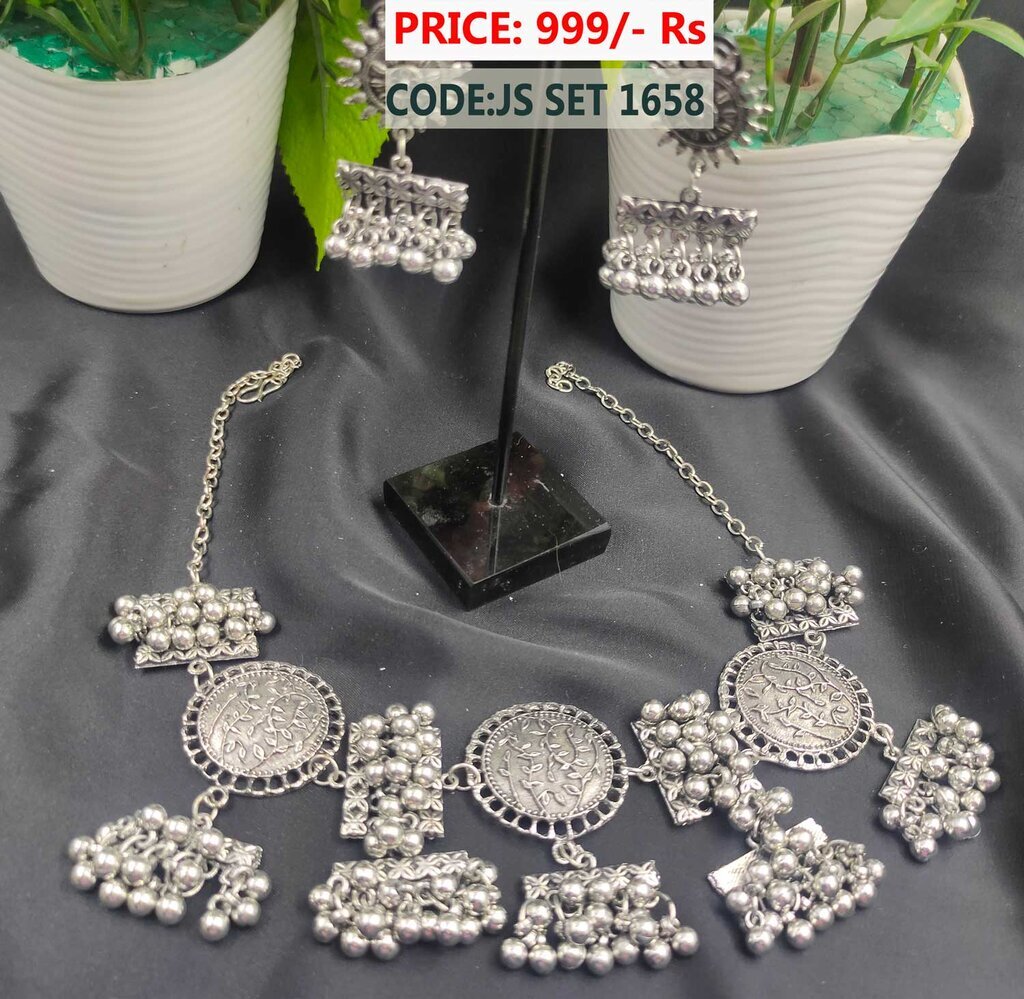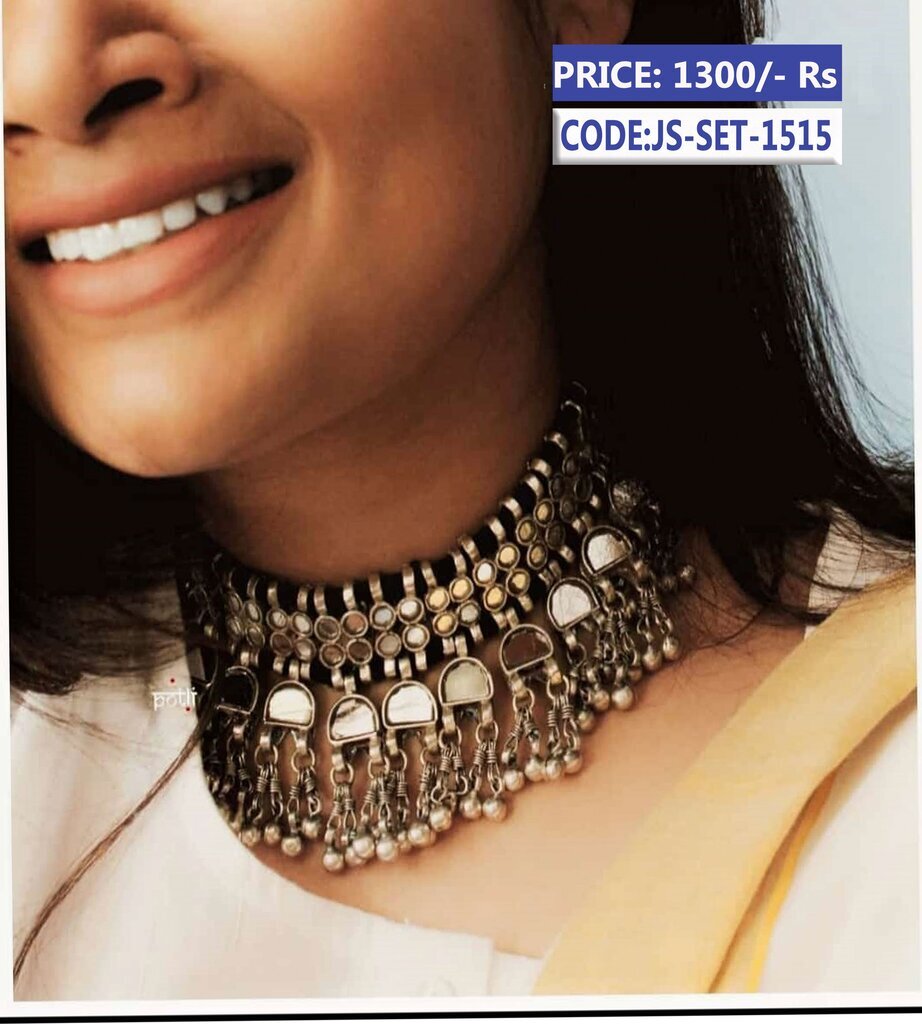Other
Indian Jewellery Online Pakistan
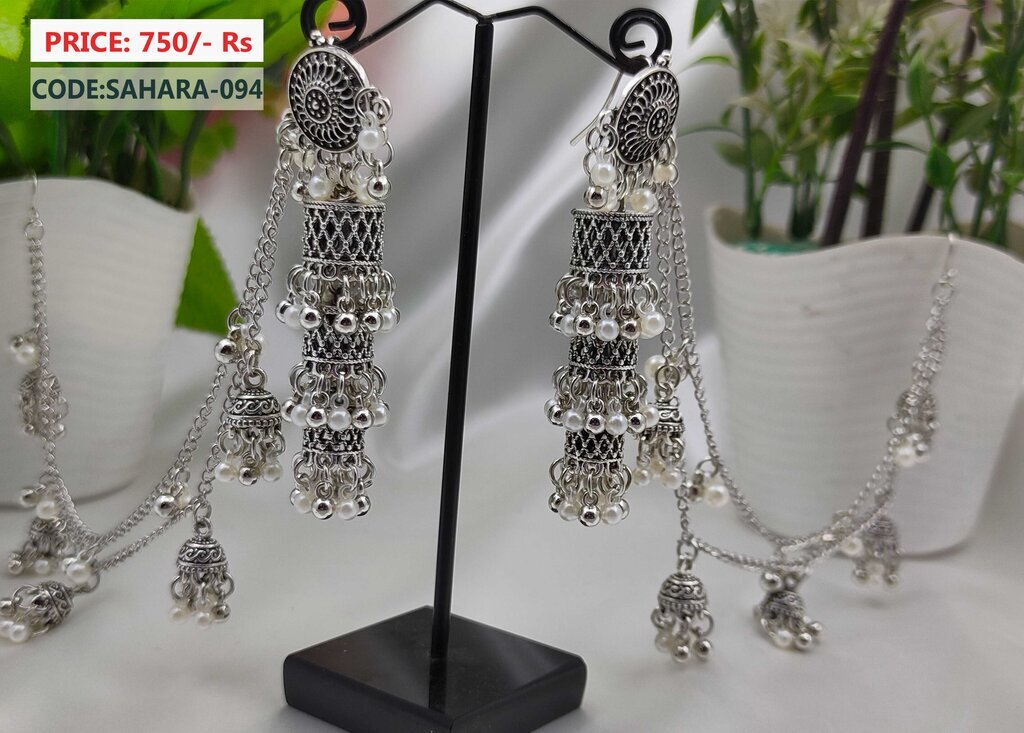
India is the 2nd most populated country in the world. India’s history is very old and its tradition is also very old. Indian traditional jewellery is one of the most famous and popular jewellery designs all over the world where aisan women like to wear the jewellery.
Read Also: Buy Online Gold Jewelry Set In Pakistan
Indian jewellery to Indians or Asians seemed more than just a beautifier for decorate the bodies. The jewellery tells us the tradition, the trends of the country and how the change in the tradition of the countrymen has been through. Together with such tradition comes the fashion sense so a different range of jewelries seems crafted since ages. As you know India has different colors of fashion along with different types of people living together.
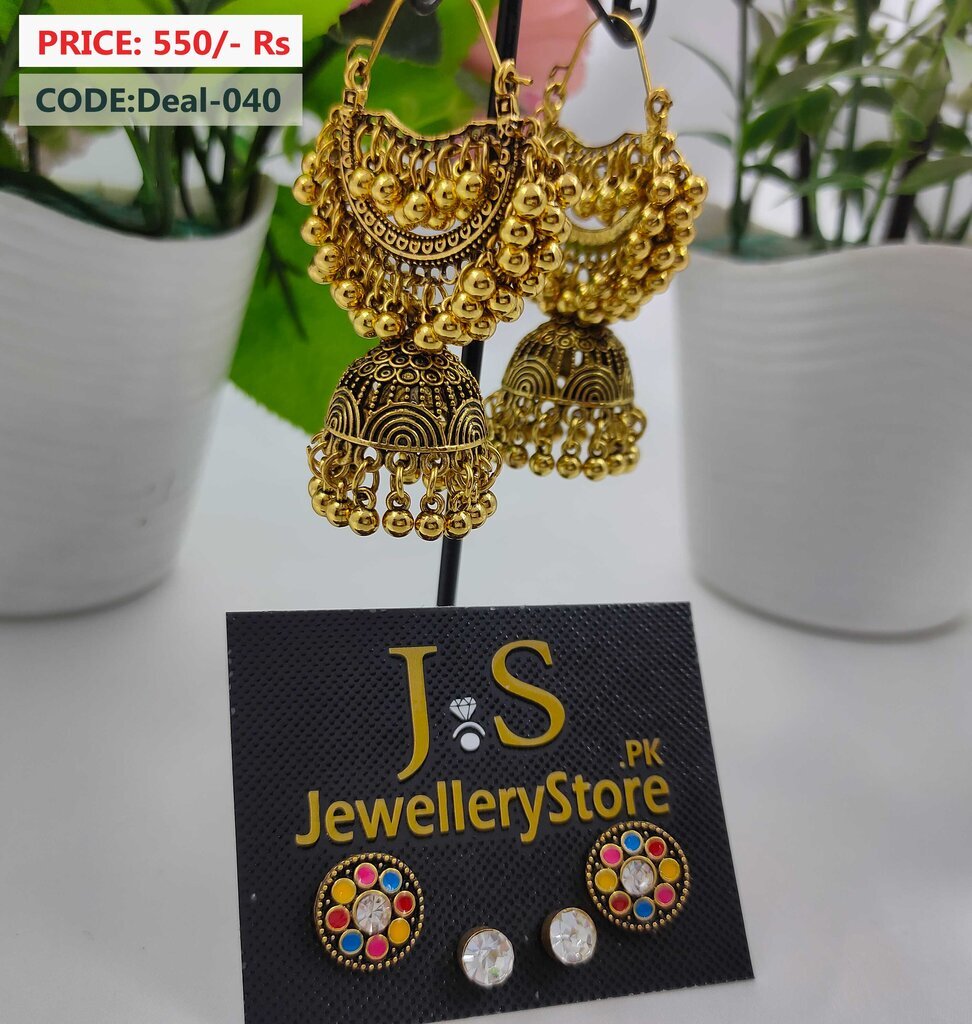
Nature has always attracted Indian jewellery designs. The early ages of the world used flowers, leaves and other tools of nature used as jewelry to decorate their bodies. Some jewellery are also worn as the regions based jewellery of the country which are near to nature designs and as a result we get a wide variety of different Indian jewellery designs. The leaves and flowers are a common tool used in Indian jewelry. As you know leaves come in different designs so these different styles make some unique styles of jewellery as well.
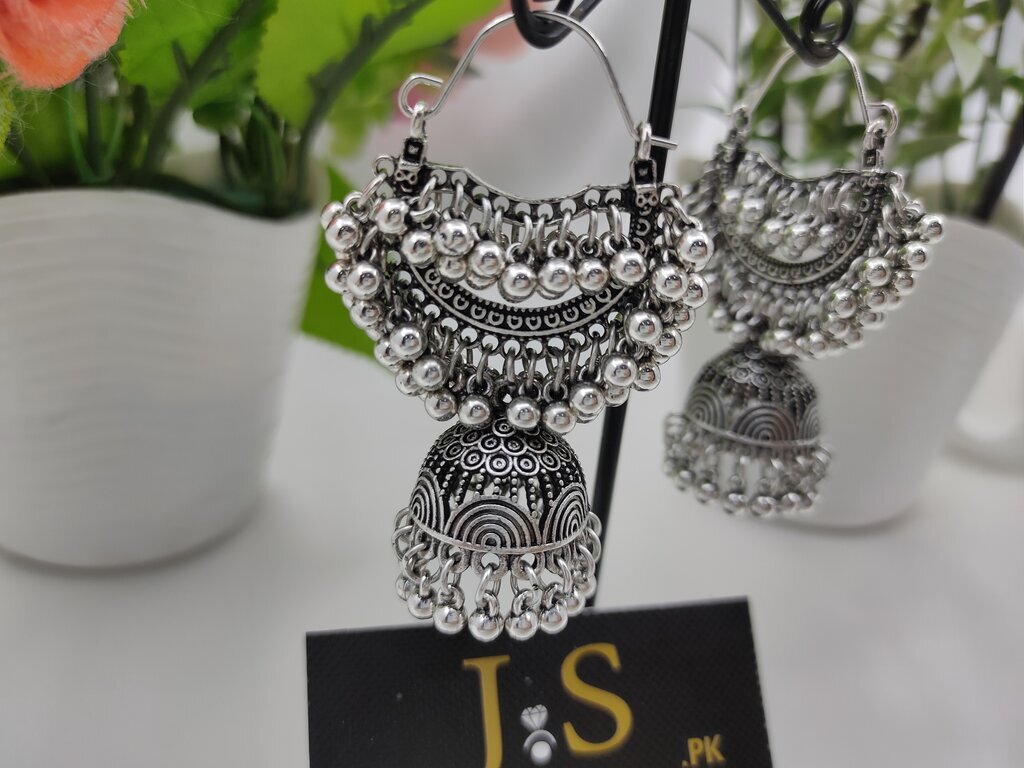
The kundan jewellery designs is one of the most popular designs of jewellery. It’s one of the oldest forms of jewellery that is embellished with gemstones and a brass alloy. Kundan is considered to be a costly or royal type of jewellery because it’s production is believed to have stemmed from the royal tradition centuries ago. It’s also known as Jaipuri jewellery.
Read More: Buy Gold Imitation Jewellery Online
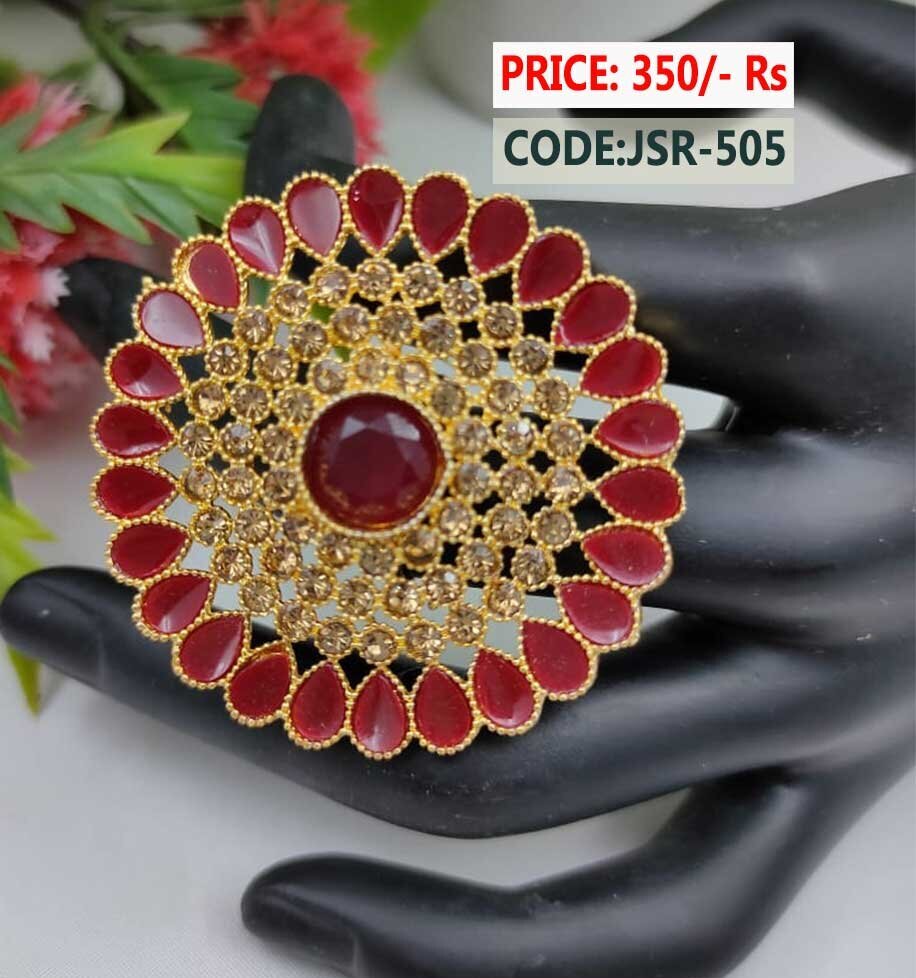
As everyone knows, Indian gold jewellery is one of the most popular jewellery and people love to wear it on all types of occasions. You know gold has always had its own attraction. However, think about fit for traditional occasions and religious occasions, Indian gold jewellery has been changed with gaps of time. The current Indian jewellery designs are fit for all type of occasions.
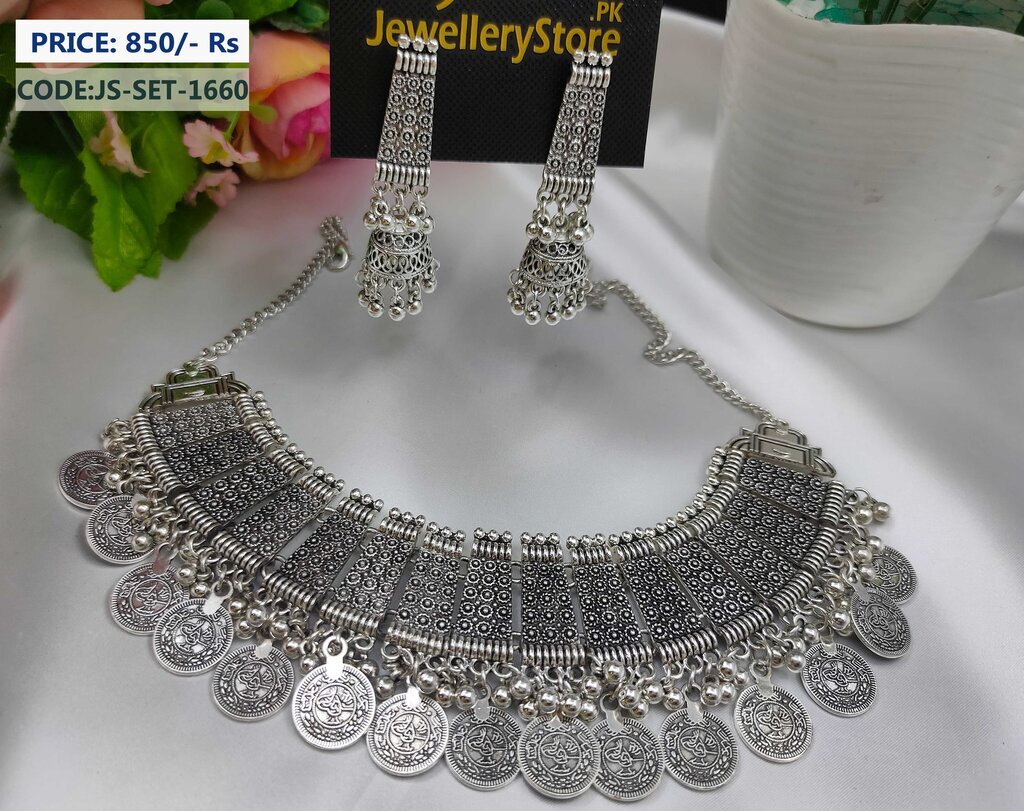
Tradition of wearing jewellery in Indian culture is very common, especially in the married women. So the designs of the Indian jewellery are extremely womanly, but also according to the current fashion. Indian gold jewellery is extremely unique and special in Indian culture. The jewellery designs with time jumble in with semi-precious and precious stones which make the designs of flowers, petals of flower and leaves with different geometric designs like rectangles, circles, triangles and squares have joined with different style to make a unique and trendy design of jewellery. Different variation of these geometric designs make different designs of jewellery.
Wedding and Religious Jewelleries
If you compare with Western weddings,then Pakistani and Indian traditional weddings are often colourful and luxurious. The bride wears several embellishments and comes up with creative and interesting slides. The bride must wear these jewelleries designs from head to foot. Wearing nose jewellery indicates that the bride is of marrying age.
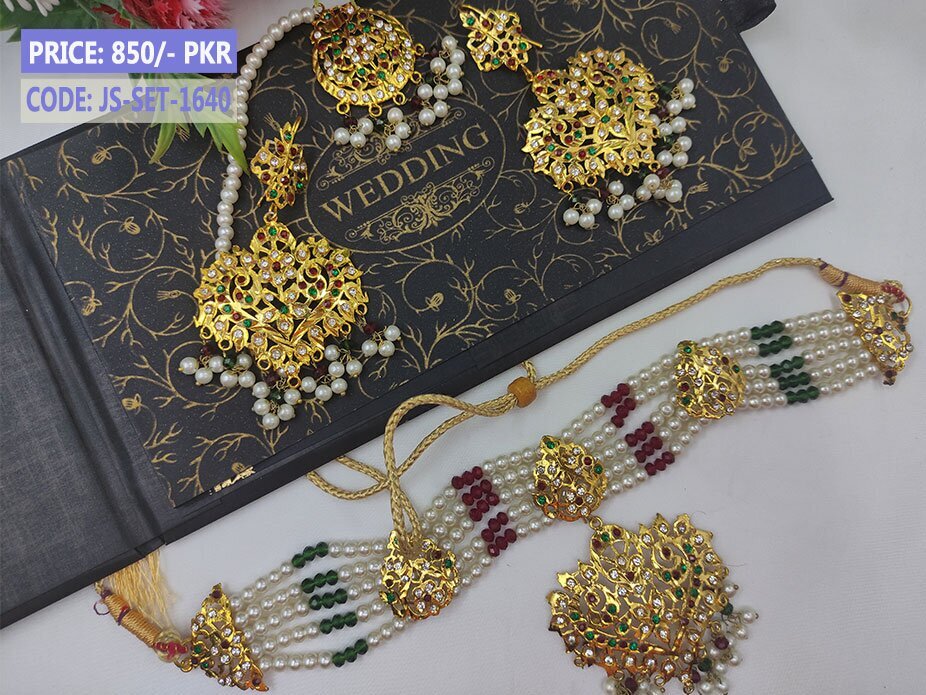
Rings are commonly used by unmarried and marriage people. In weddings married women like to wear rings bracelet where rings attached with the bracelet via a chain, they also use the angla where 4 rings attach with the bracelet via chains. They also use heavy head jewellery which show the married status of women. Normal size of matha patti normally used by unmarried women. Another anointment for Feet like anklets and toe rings conserve the wife’s energy.
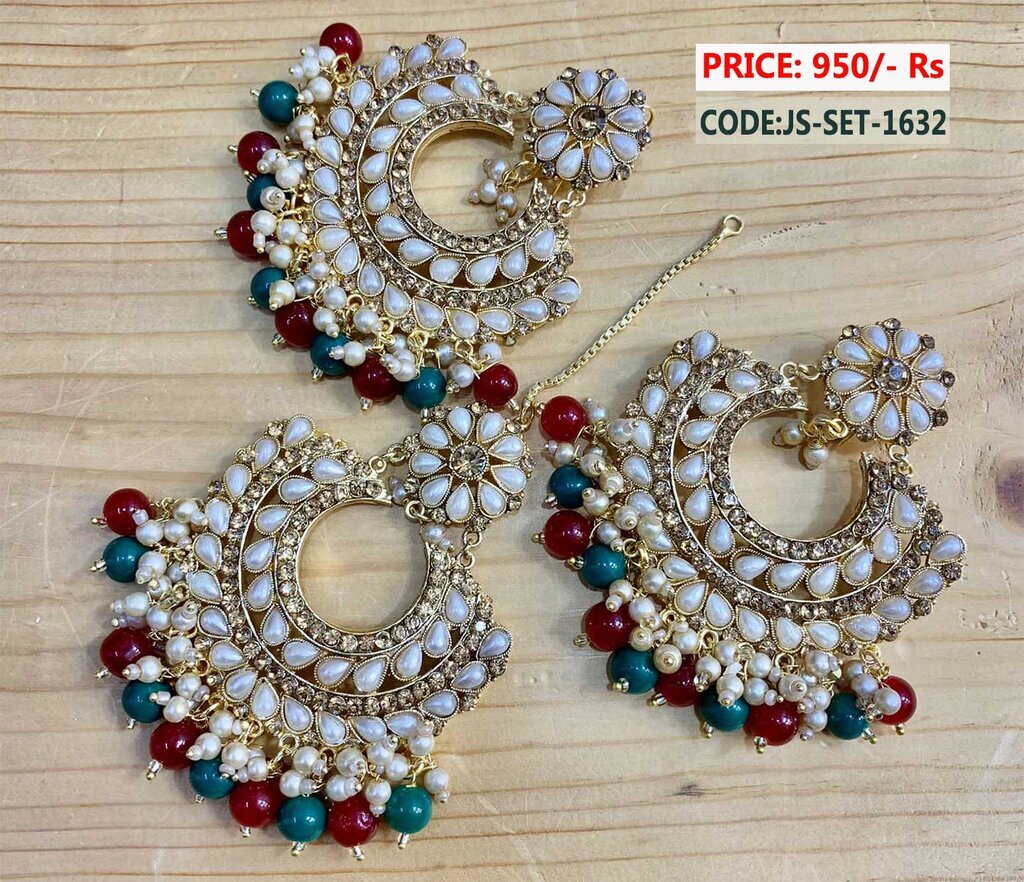
Religious jewelleries represent the faith of the specific person. The design of religious ornaments different depending on the person’s religion. All religions have a specific design which identifies the faith of the person easily. Some religious ornaments are usually worn between the eyebrows. Mostly religious jewellery on the neck as a necklace.
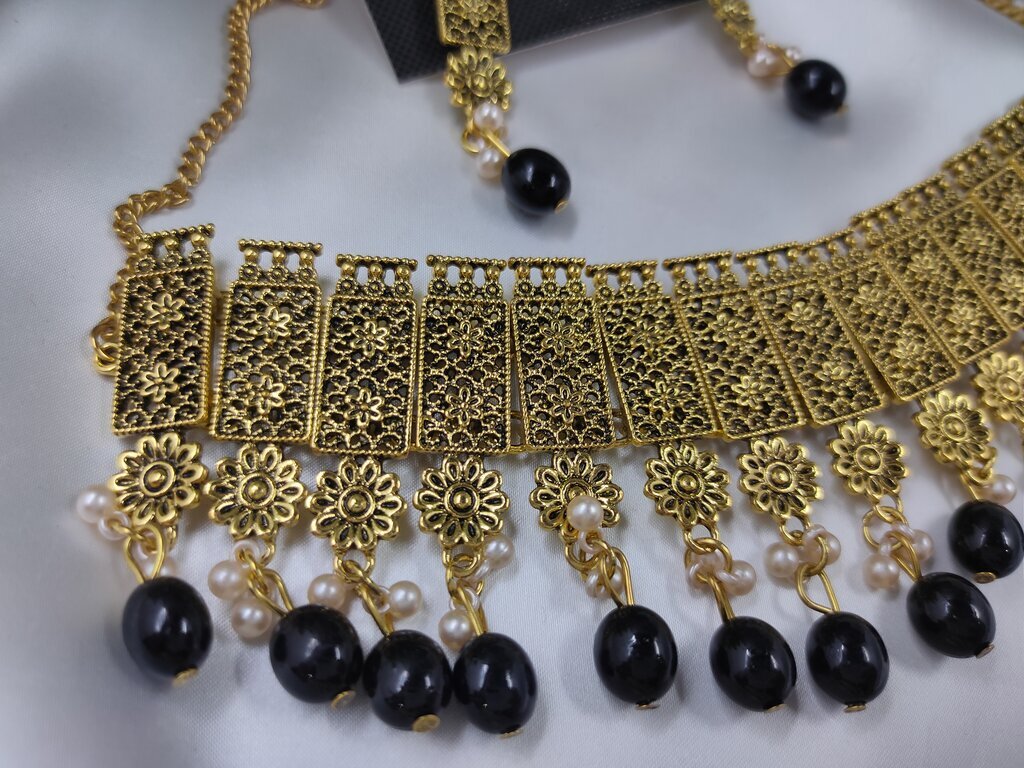
Diamonds always have an attraction and favorite among all the ladies who love to wear jewellery and they never step behind. The traditional Indian Jewellery designs in Gold have added the diamonds to make them more attractive and precious.
One of the most attractive and beautiful accessories that’s loved by women is Maang Tikka. It is worn on the center of the forehead. Usually It can be worn by both unmarried and married ladies. These ornaments come in different shapes, sizes and designs. They worn these ornaments of forehead wear during any festival or at weddings. Maang Tikkas cannot be ignored by any fashionable lady because it’s one of the most important accessories. There are many types of different maang tikkas where girls select them according to the dress matching and occasion. Here you can see some maang tikkas.
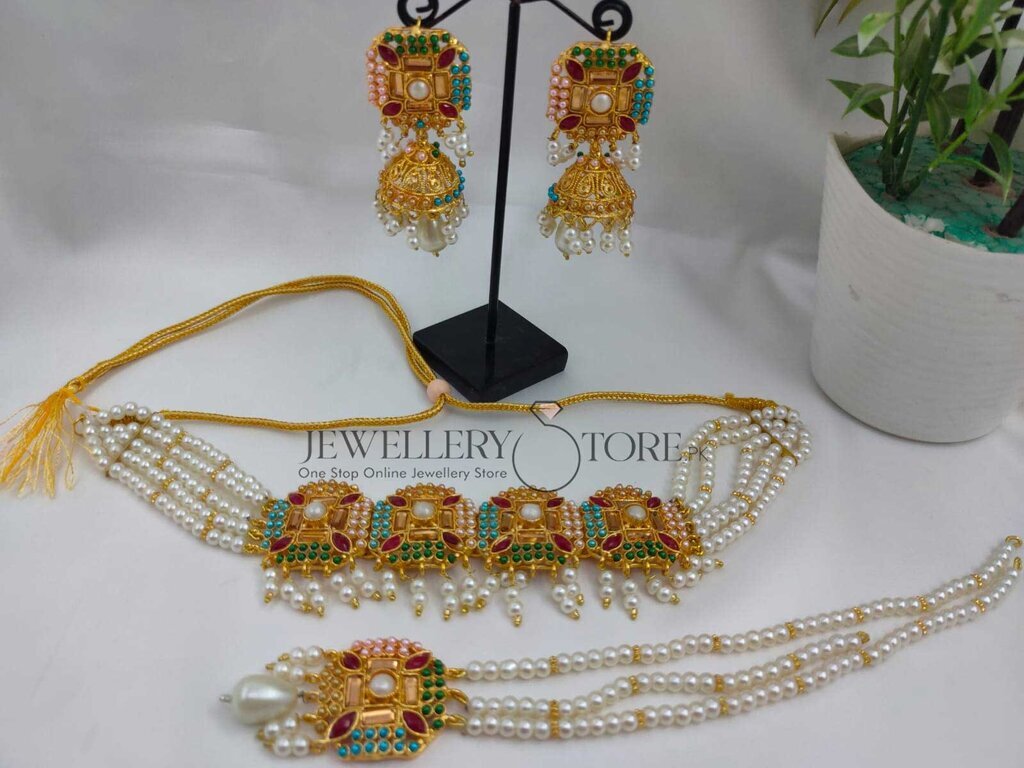
Maang Tikkas
The one is Pendant style maang tikka is called so because of its size that is similar to that of a small pendant. It is best suited for round and small face types. It looks classy and fashionable without overpowering the look of the entire face.
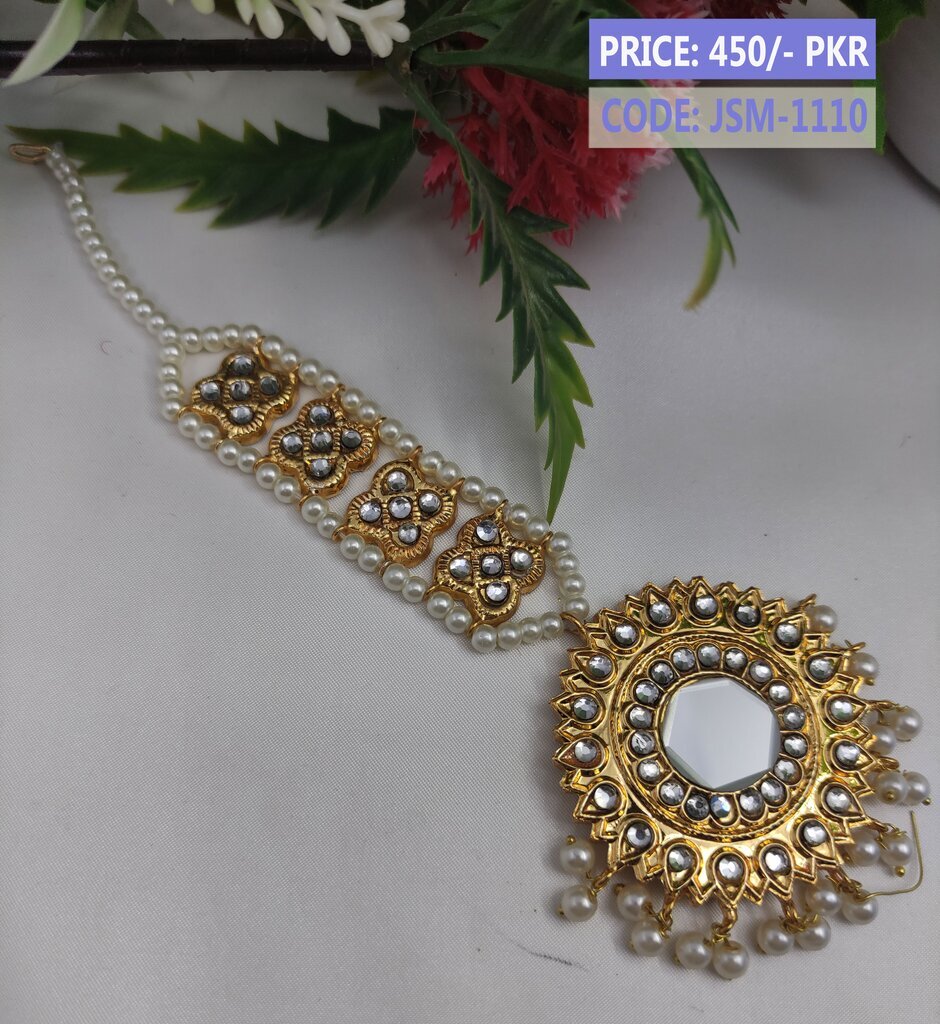
There are different sizes according to the forehead size like oversized maang tikkas for wide forehead ladies and small are for small forehead. The oversize maang tikka will easily cover the blank space in the forehead. These oversized indian maang teeka are in the shape of chand(crescent) or full moon. The crescent design of the maang tikka is very trendy and commonly used in maang tikka design. Maang tikka designs are made of kundan, meenakari and other metals.
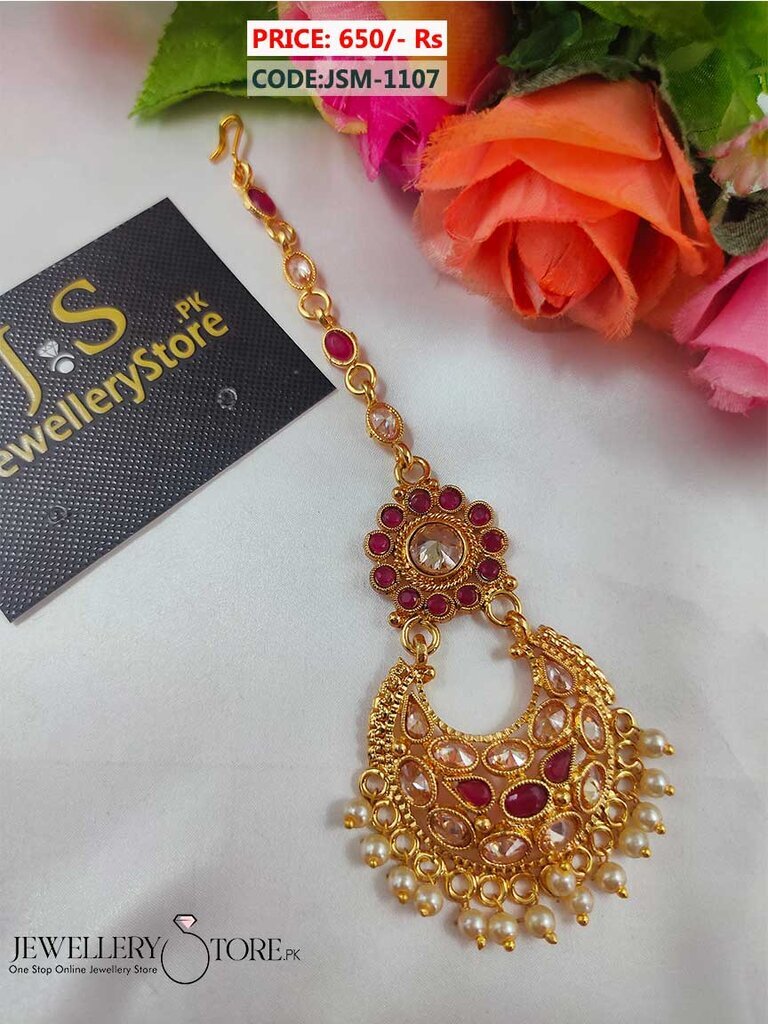
Matha Pattti is another style of maang tikka which is normally pinned on the back of head and is connected from both the sides of the forehead so the whole forehead covers from the matha patti. In Some designs the center of matha patti which hangs on the middle of the forehead is covered with a pendant. These types of matha patti normally worn by brides in spite of girls can wear the lighter variety of this ornament.
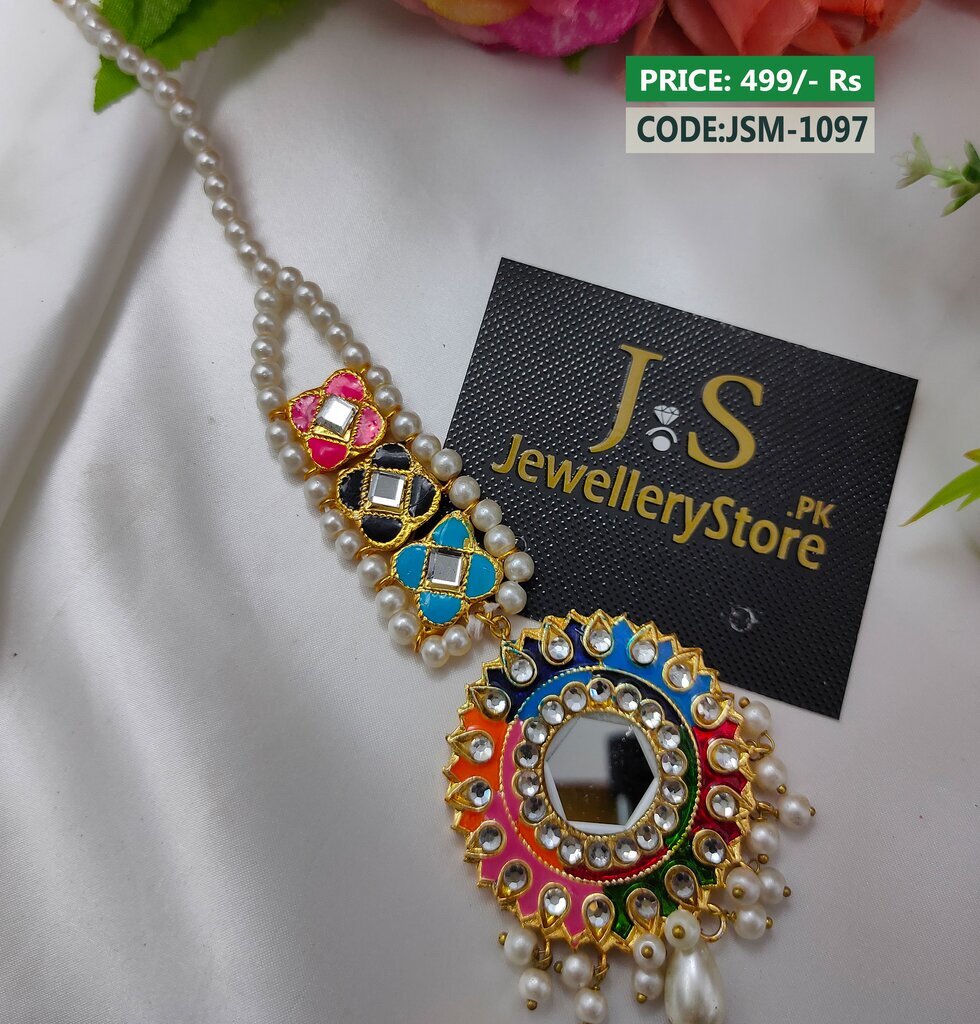
Jewellery helps in magnifying beauty. It also represents the wealth of one’s and status as well. Some people take it as an art and creative expression. So, there are some people who wear jewellery as part of their culture and as well as tradition. However, now it’s more than tradition and fashion.
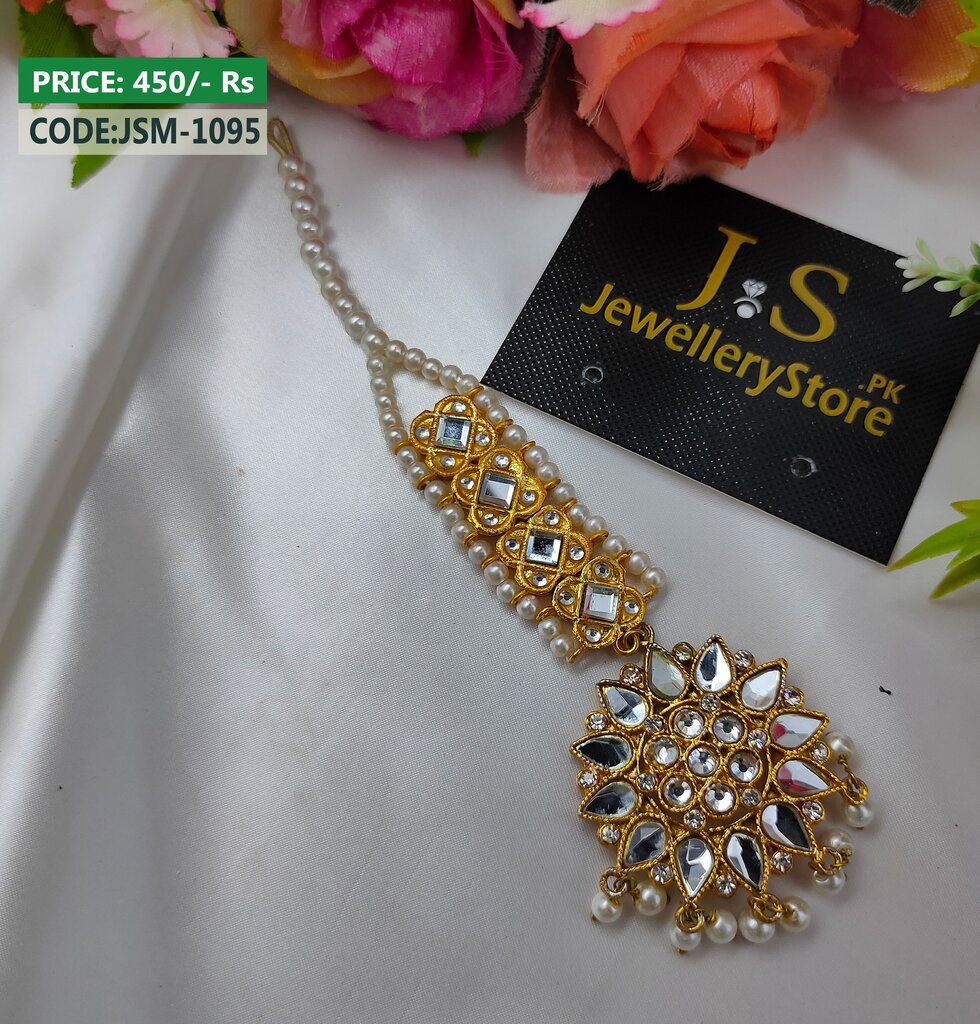
For Indian and Pakistani culture, jewelleries have a descriptive role. They carry genetic and incorporeal meanings, especially during any wedding or special religious occasion. The jewellery articles worn by the bride signs that she is happy and has become an important part of her husband and his extended family. They are a part of the lustration fashion as she becomes a family member of the extended family.
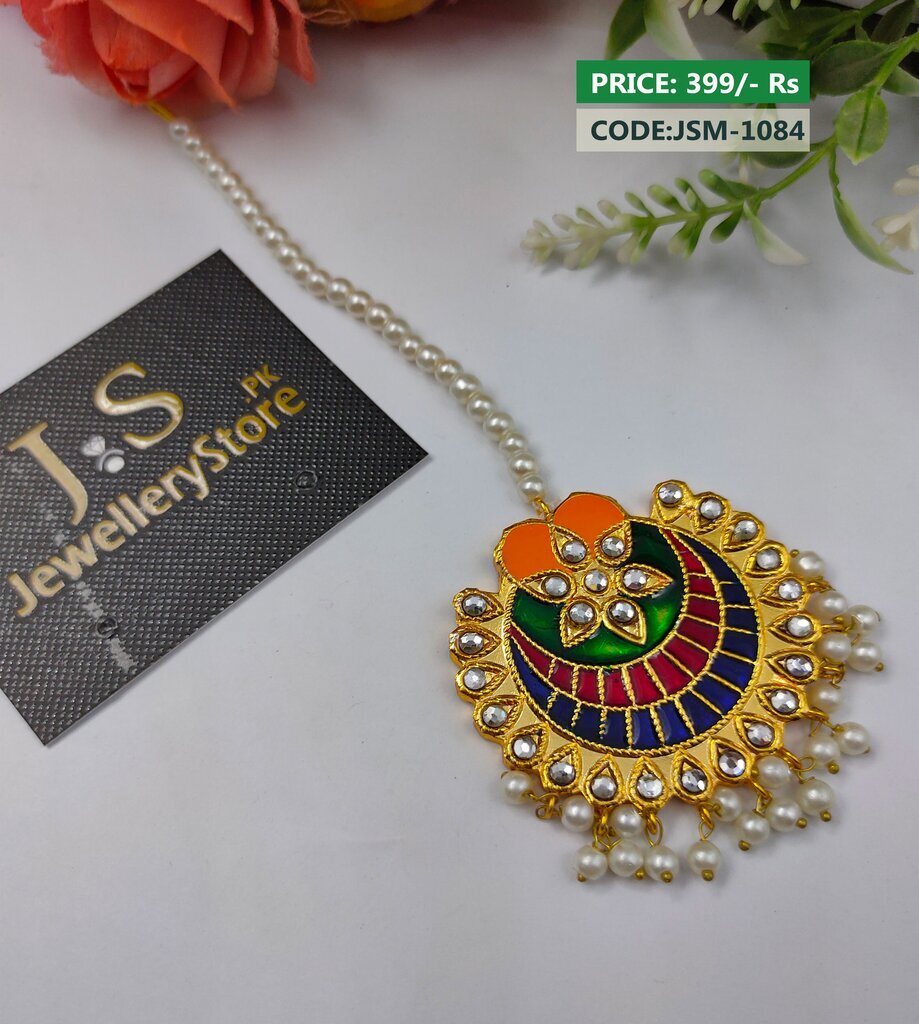
Pakistani and Indians give significance to variation of bridal jewellery. The variations of these jewelleries play an important role and show the tradition of the family. The groom’s family often makes sure that they will give heavy jewellery designs to the bride.
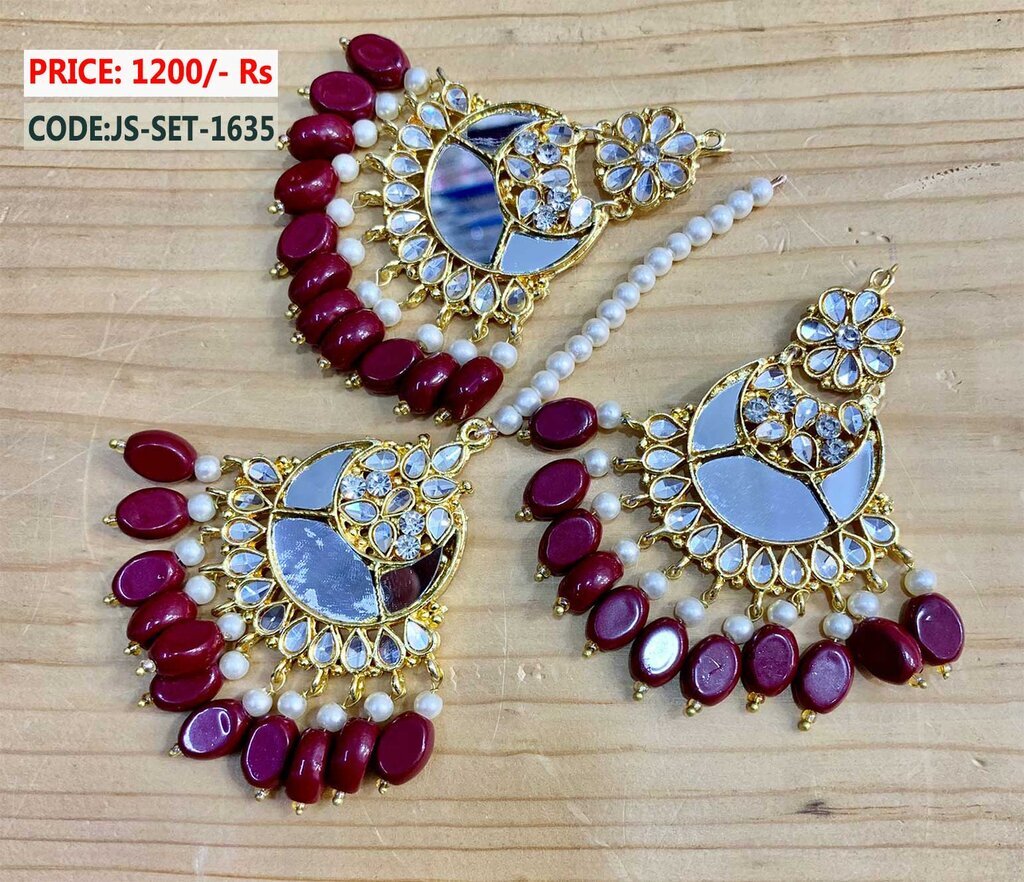
As already we mentioned, jewelleries carry a very deep genetic and incorporeal nature. Usually these jewelleries are made from rare and precious stones with metals.
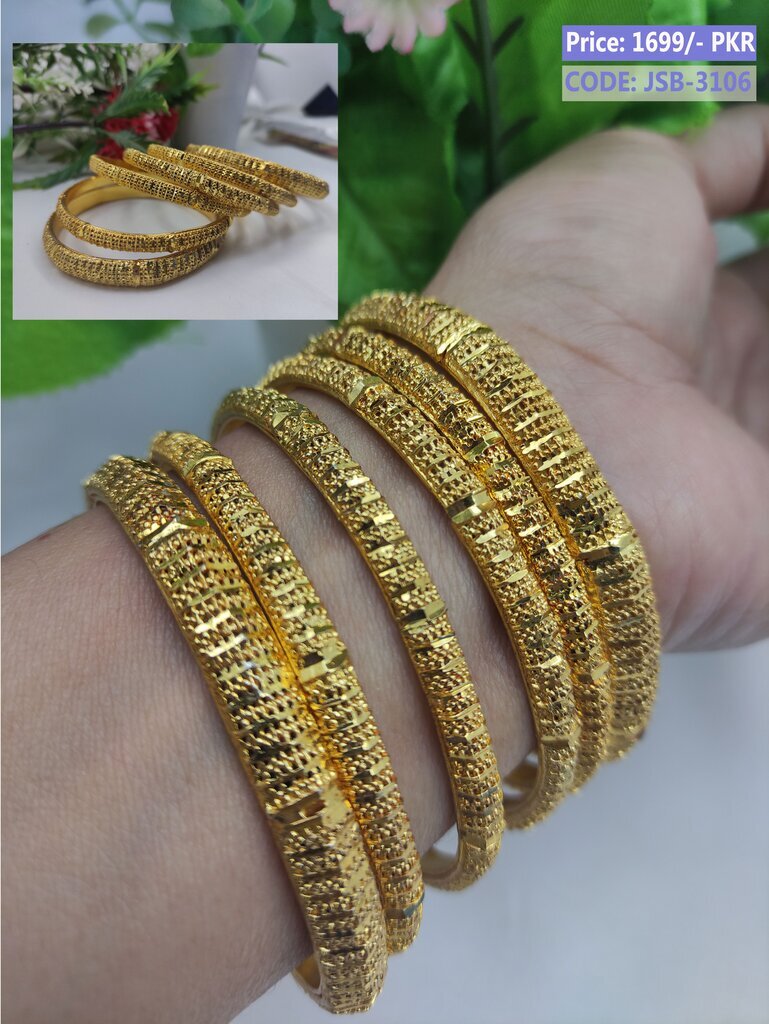
Here are different metals which used in making jewelleries
GOLD:
Gold is one of the most simplified metals used in making jewellery. It is the most durable metal type which can be used in everyday use. For many Asian People, Indian gold jewellery is considered the most precious. Asian people suppose that gold has the power to deodorize anything it touches. It is also observed as a sign of wealth.
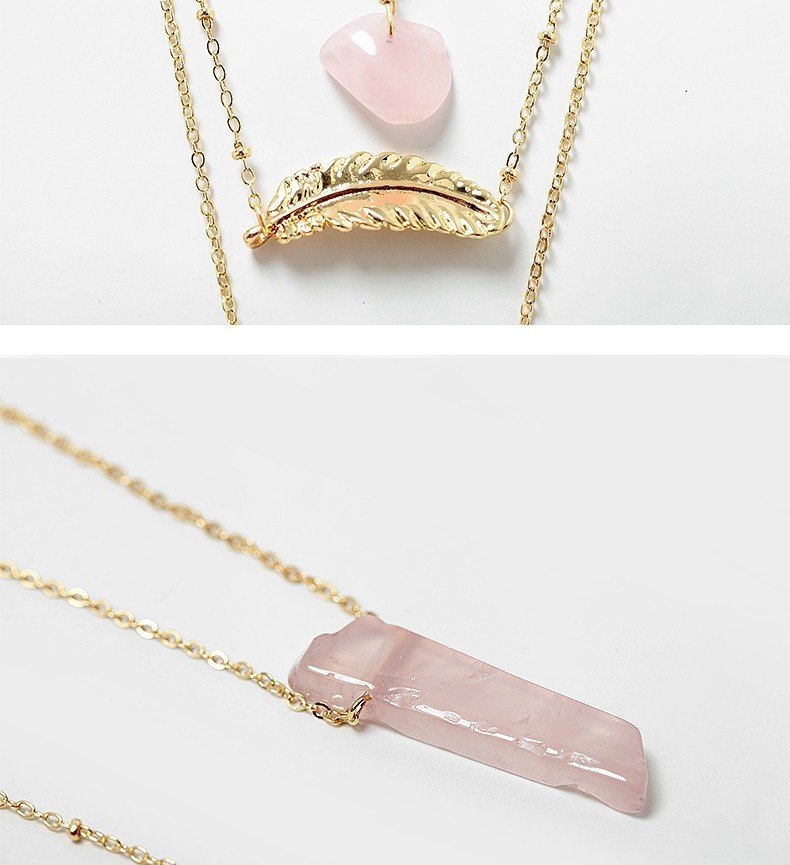
SILVER:
The metal which is used 2nd most in jewellery that’s Silver which is often used by people. Men also loved to wear silver jewellery. In the Asian tradition, gold is usually worn above the waist and other side silver often worn waist down. Bangles, rings, anklets and toe rings are usually made in silver.
- Copper
Copper is well known as another commonly worn metal. Copper is often used to make the artificial jewellery because it can be easily merged with other metal alloys to make a more attractive and different jewellery designs.
- Platinum
Platinum is another most expensive metal that’s used in producing jewellery designs. You can clean it easily. You can apply mild soap and use a piece of soft cloth to bring back its luster. Platinum metal having a decreased tendency to provoke an allergic reaction
- Diamond
Another most glorious and fancy thing is used in jewellery are Diamond gemstones. It is commonly used in fancy jewellery which is made for bridal in weddings and engagements. In Pakistani and Indian tradition the gemstones color also depends on the women statues.
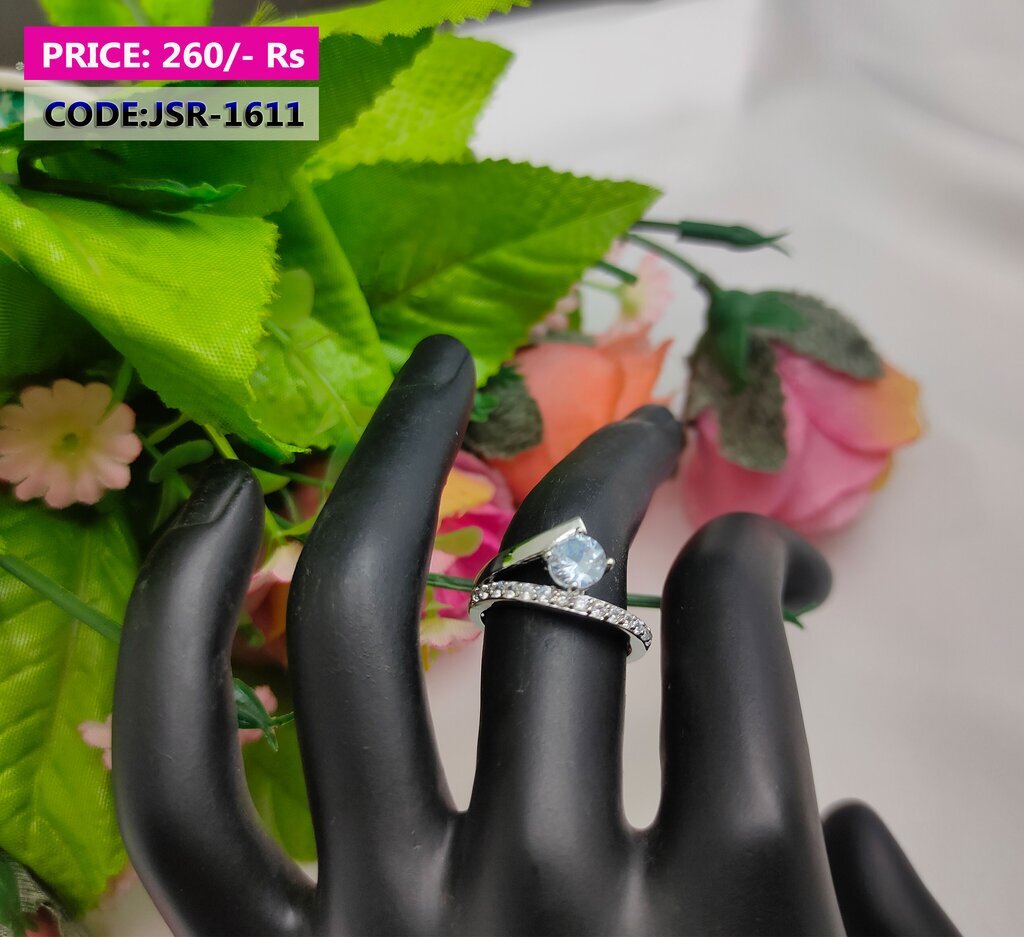
Time has changed and traditions also changed with the passage of time. Even so, jewellery tradition remains constant. The transformation from different types of wooden jewellery to metal jewellery designs are converted. The makers of Jewellery learned to design many different precious metals to design more attractive jewellery. In addition, they usually start using several different types of precious stones to make durable jewellery designs.
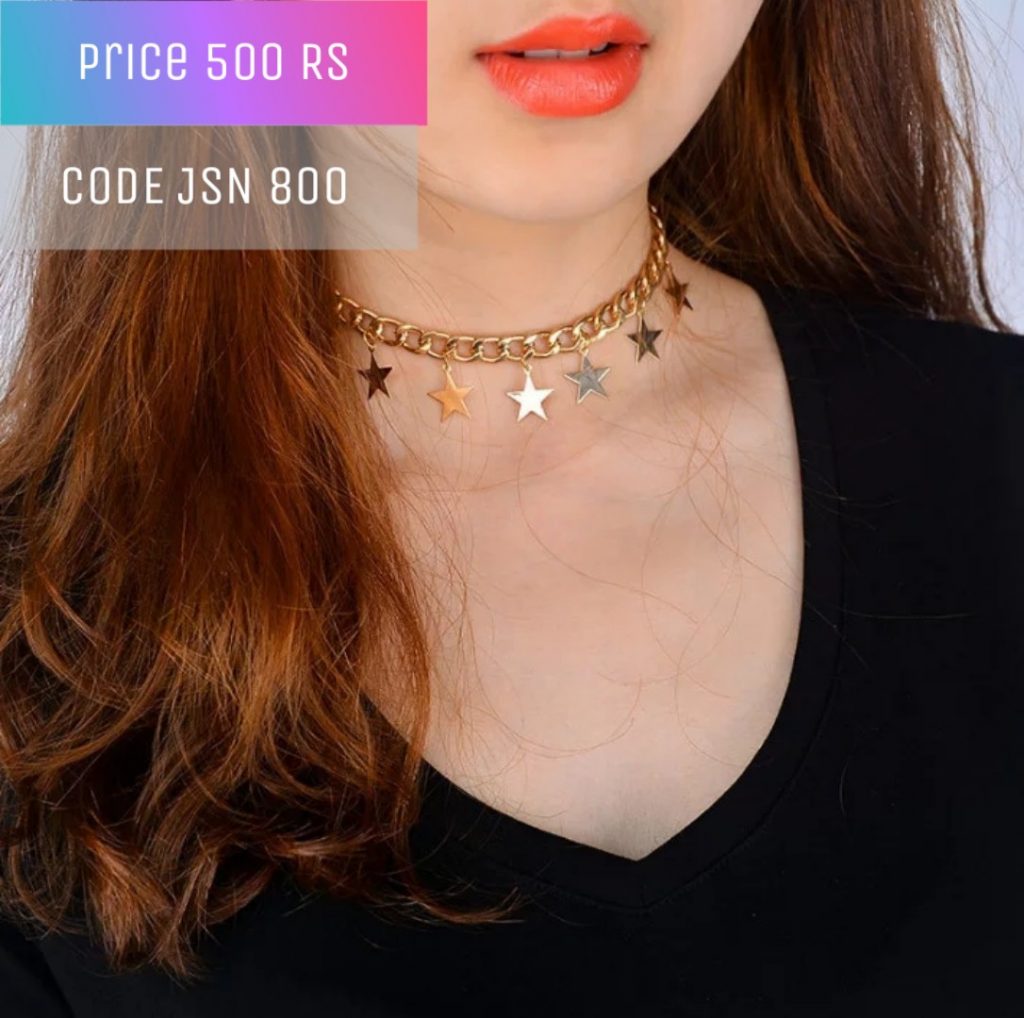
The customization of jewellery in creating and designing jewellery finish ways to mass manufacturing of jewelleries. There are no limitations to the traditional and religious use. Anyhow, these jewellery designs are also used to enhance the attraction and beauty. Colors are always decided according to the dress colors.
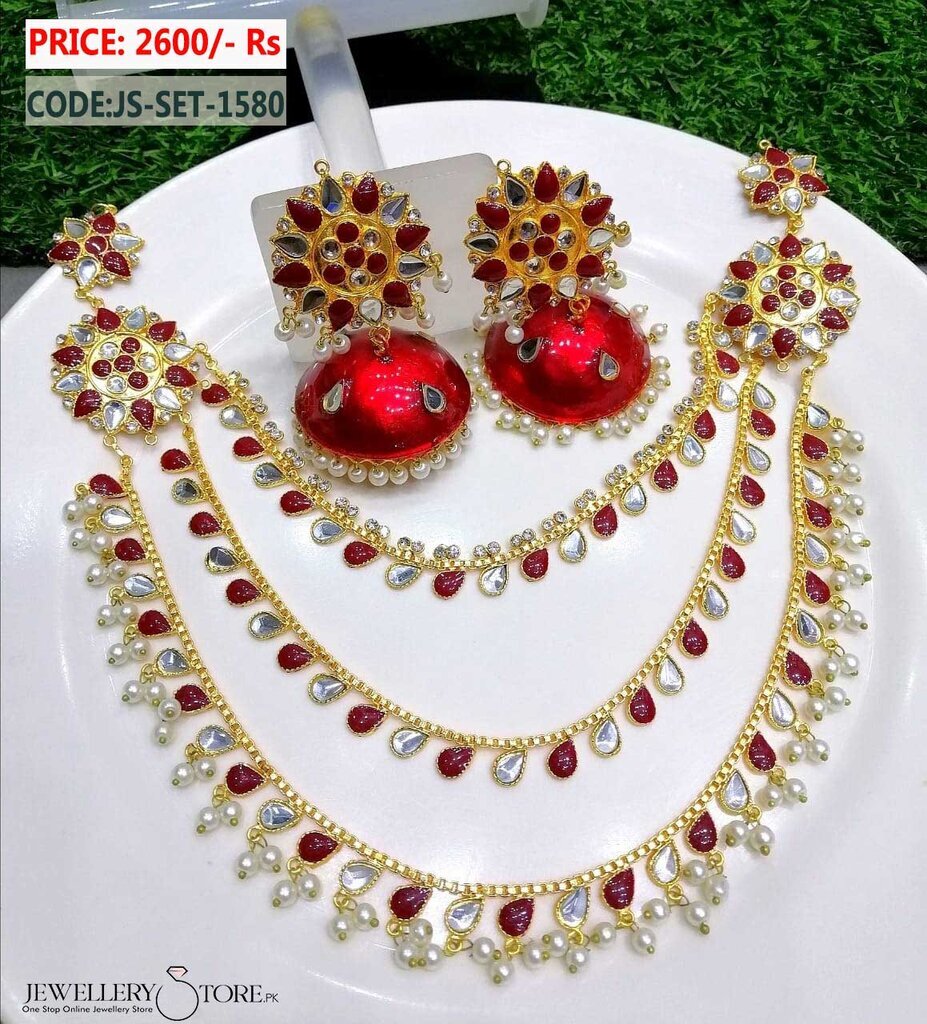
So in conclusion the jewellery will play a predominant role in our culture. Despite designer make changes to its looks and composition of jewellery, they never lost the importance and value.
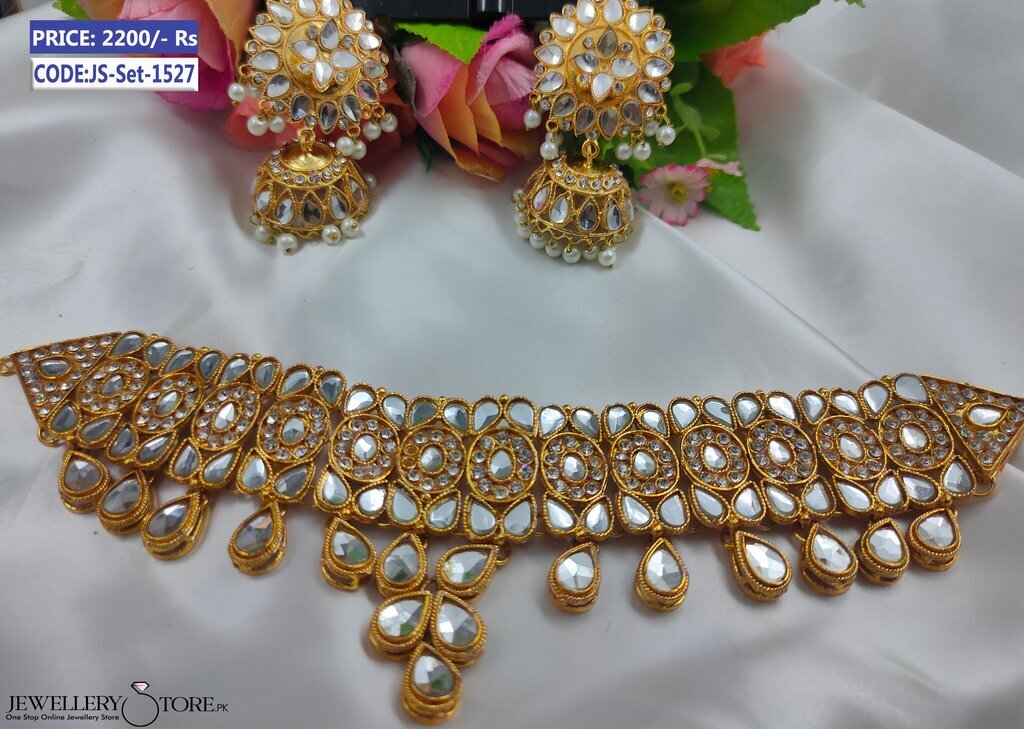
Indian jewellery is always admired for its innovation in different fields for various ages. Different types of Art and designs have been a fundamental part of Indian enlightenment in all domains.
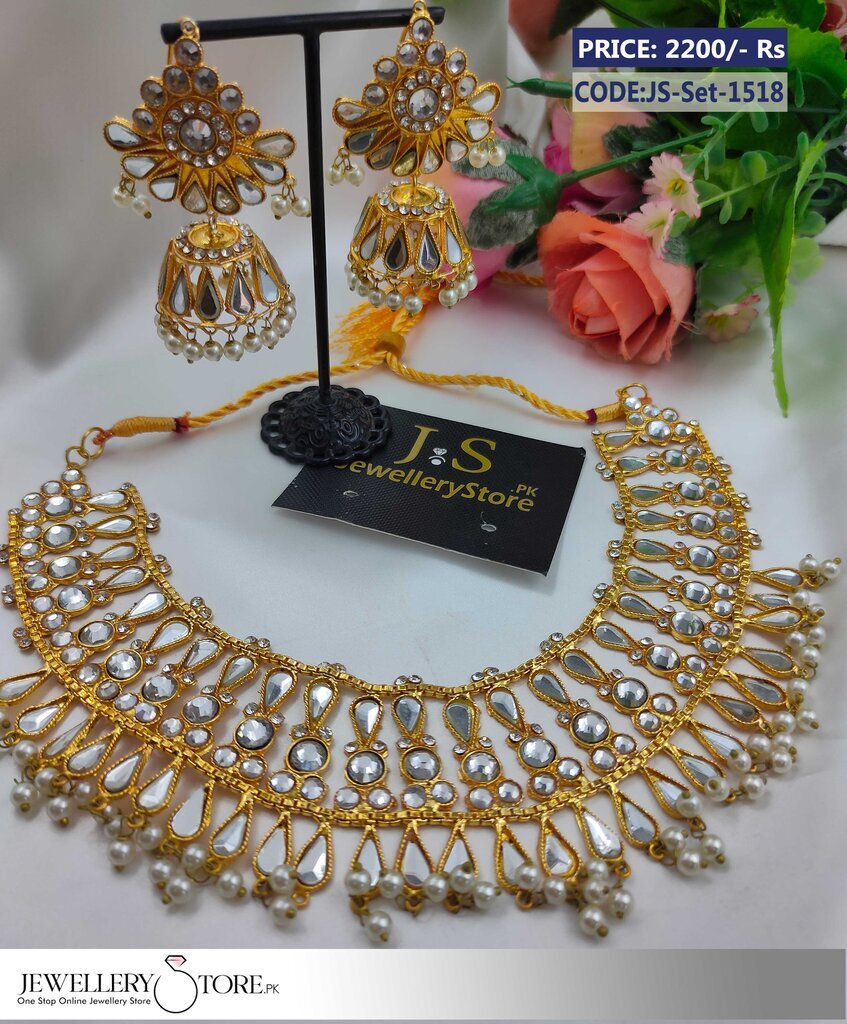
Indian jewellery is popular throughout India, Pakistan, Bangladesh as well as globally people who love traditional jewellery . Another Indian jewellery type is also called Kundan and its comes in different colors. Colorful jewellery of kundan makes the jewellery more attractive.
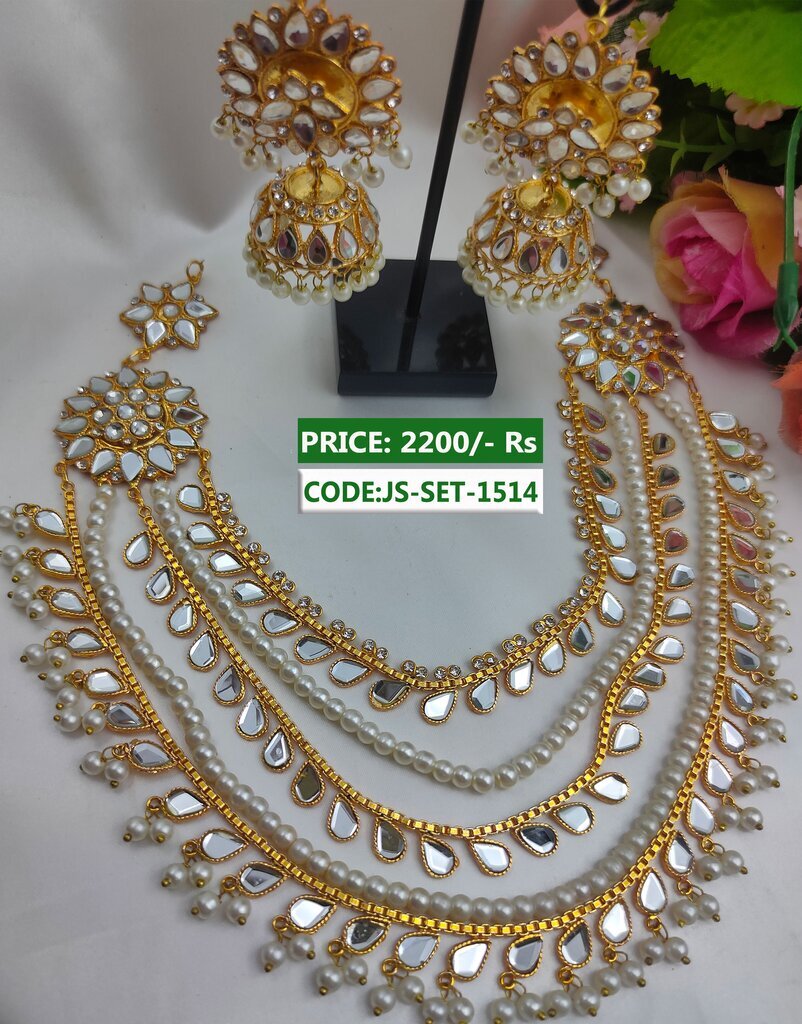
Tribal Indian Jewellery
Tribal jewellery is another very admired form of jewellery in the east and west as well. The distinctiveness of the jewellery is preserved, and what is most fascinating is that these jewelleries are not arched of high priced metals or stones.
